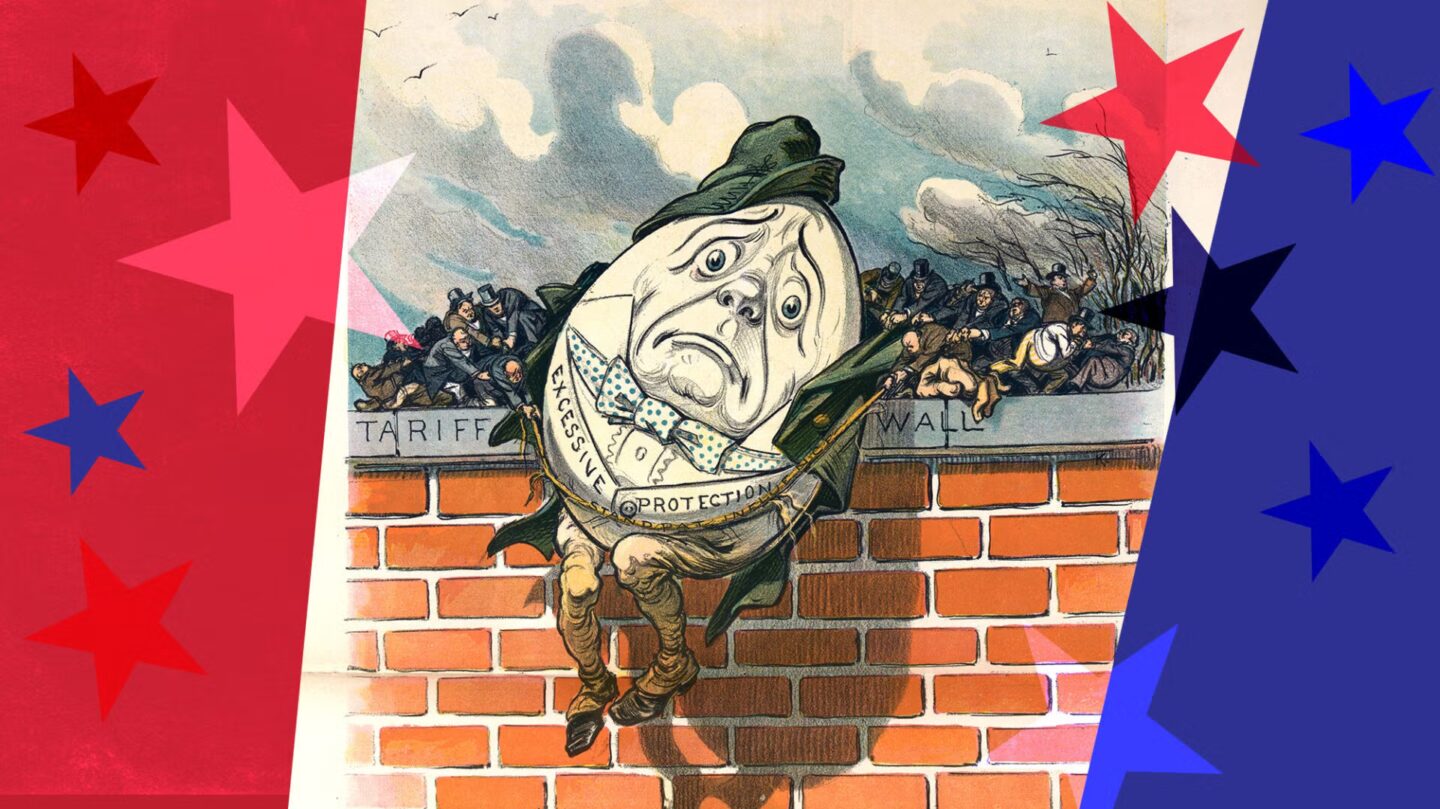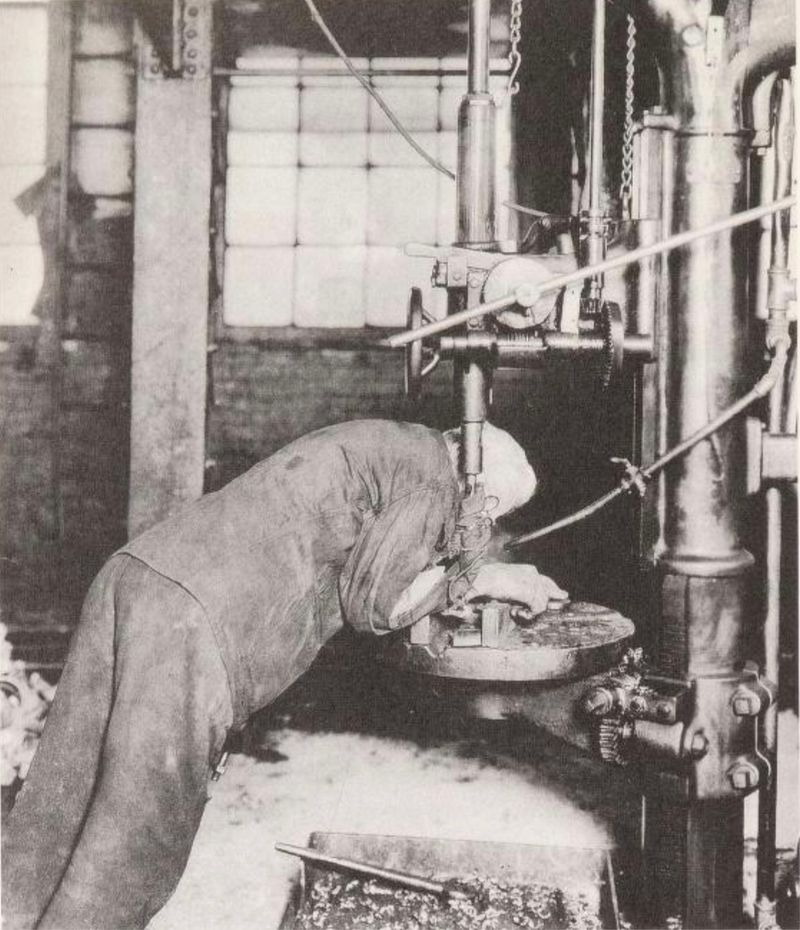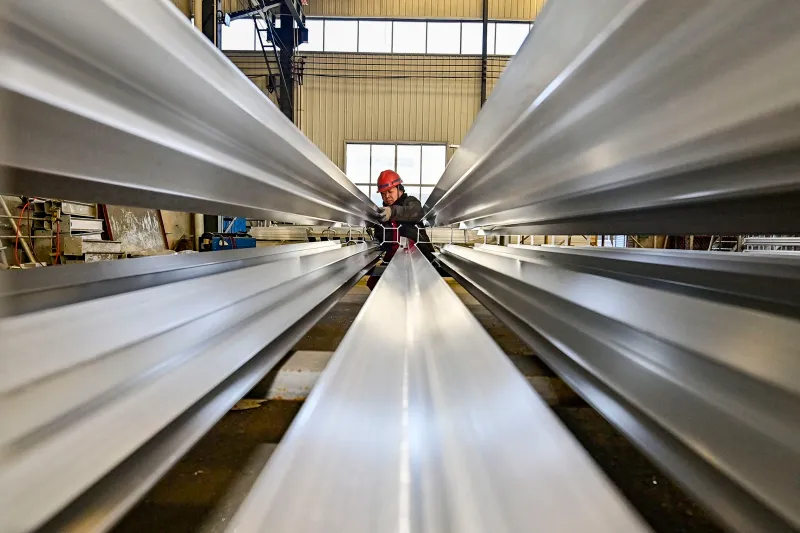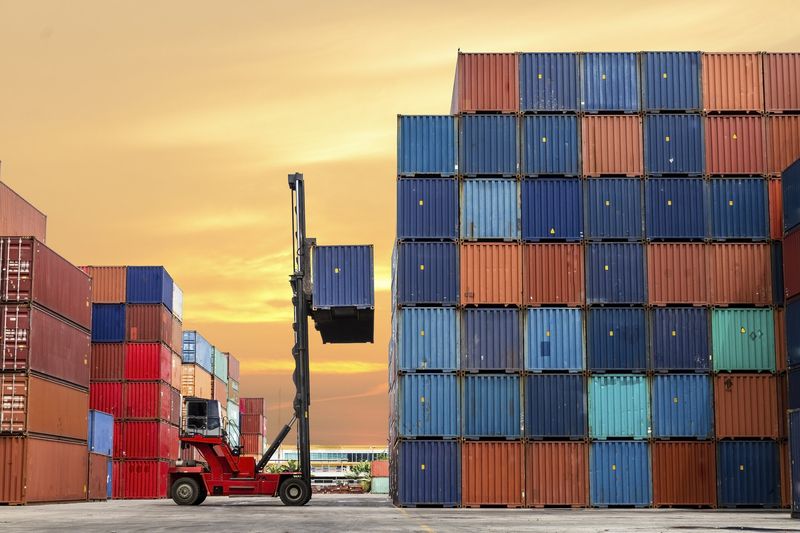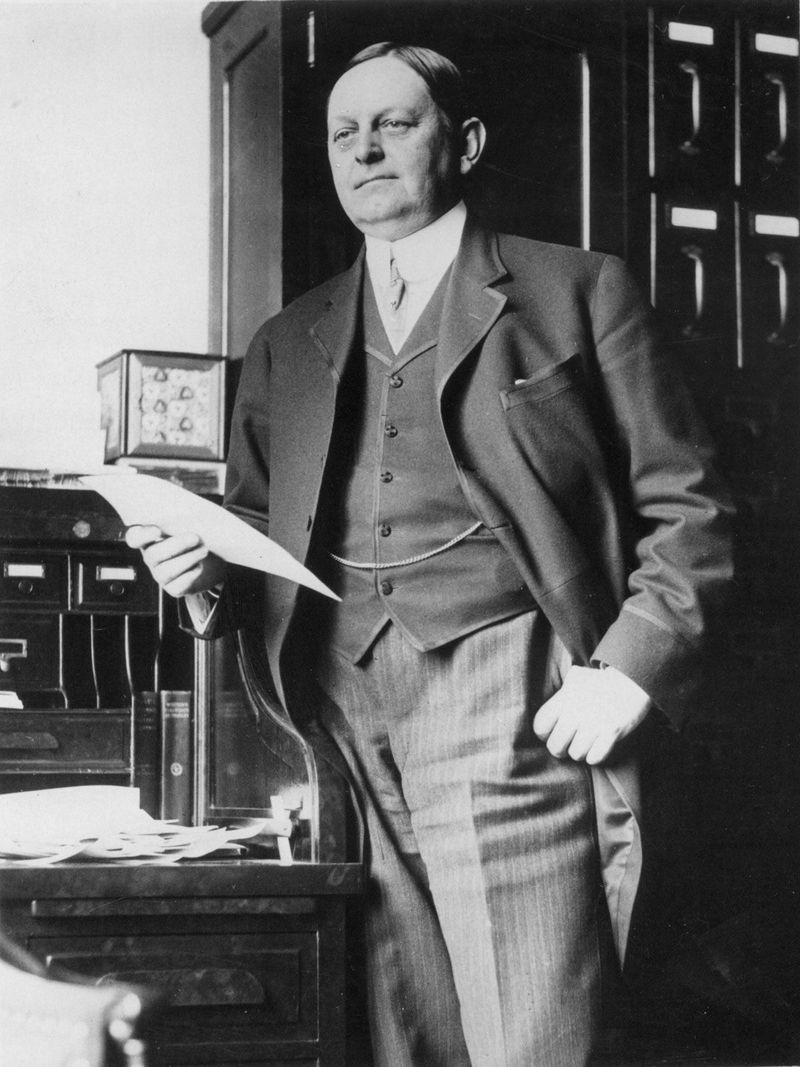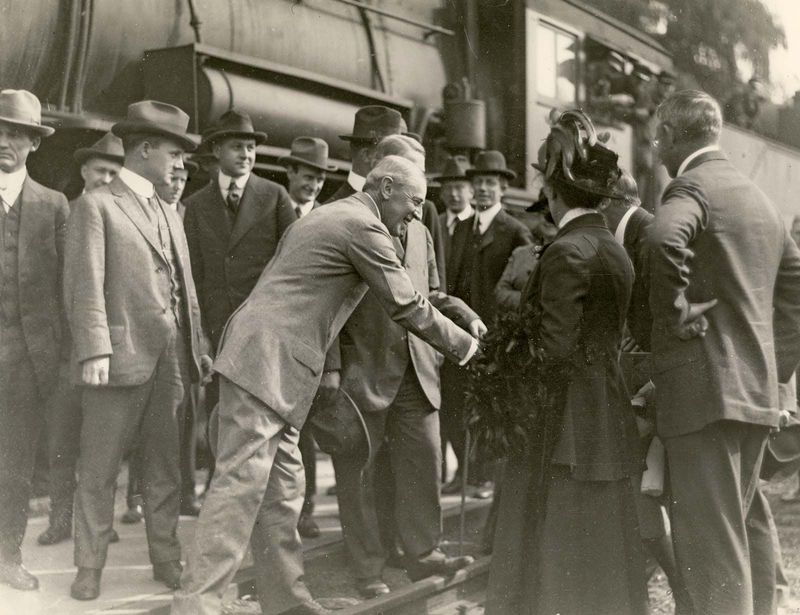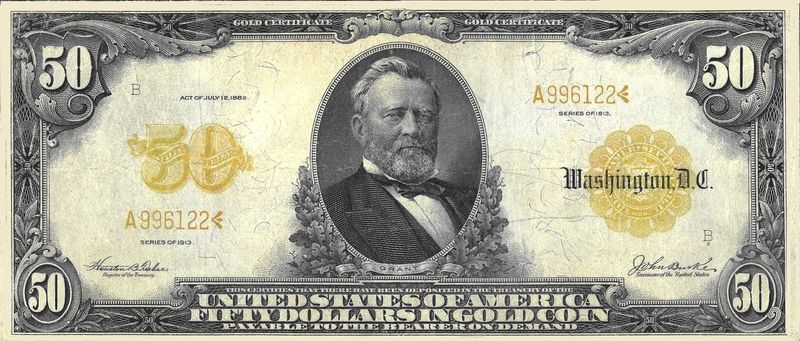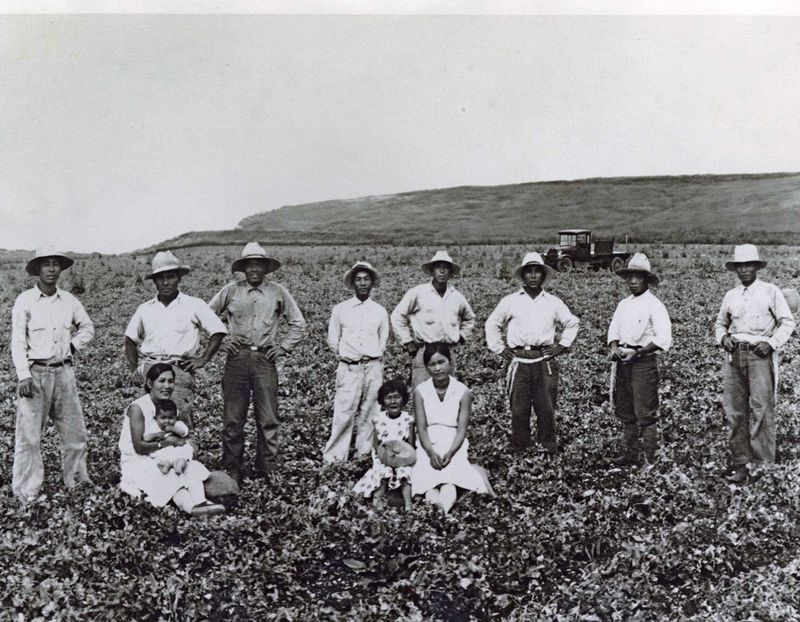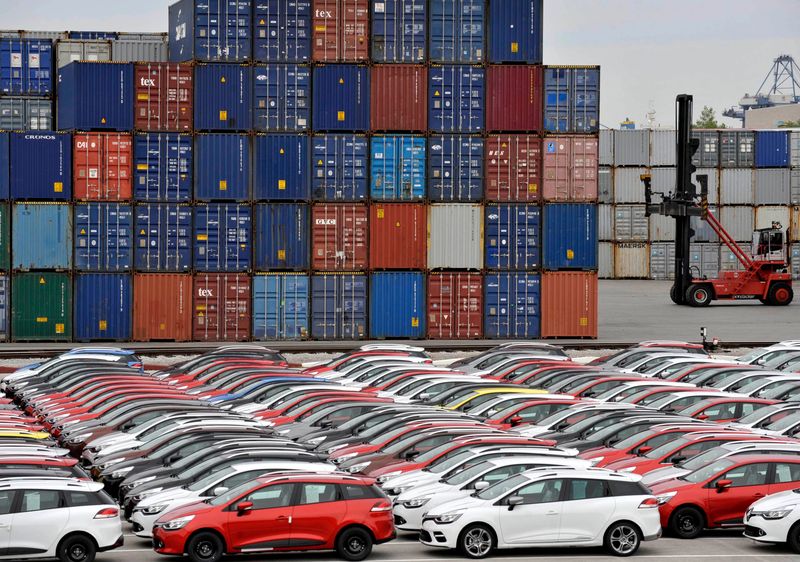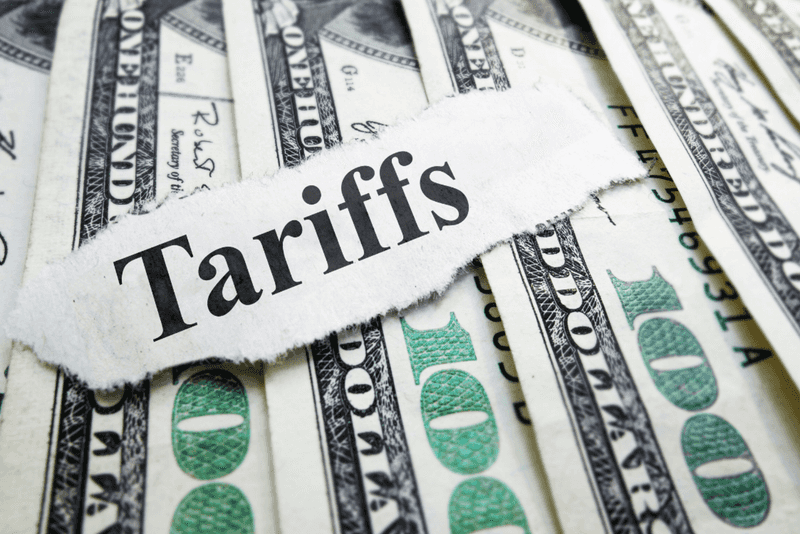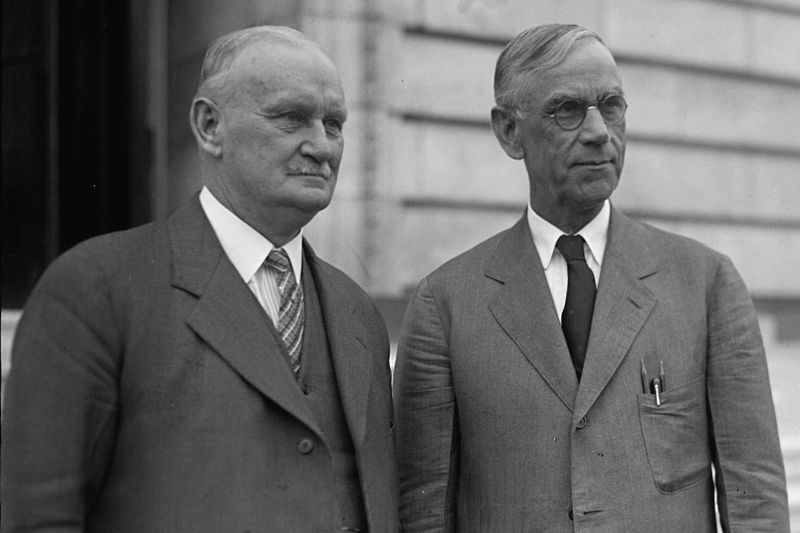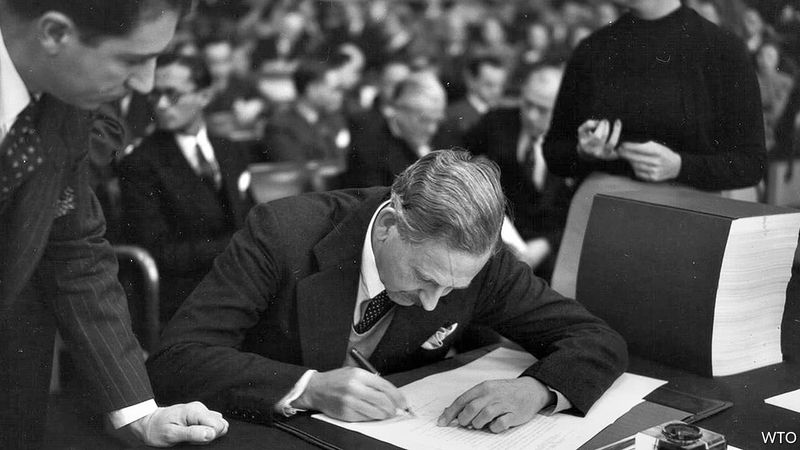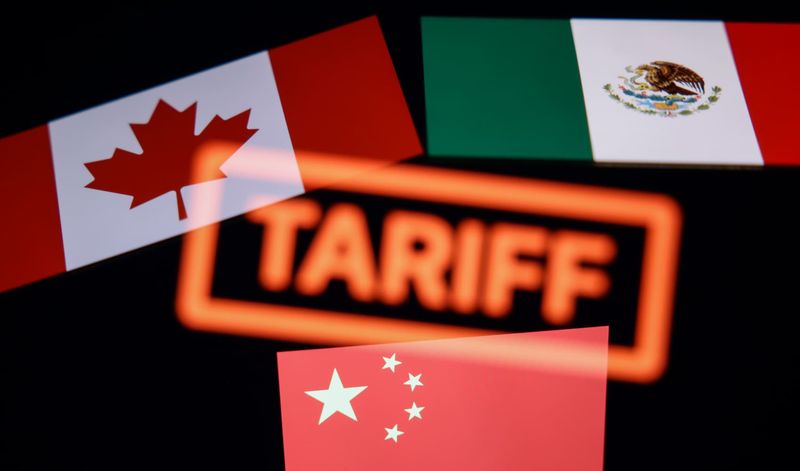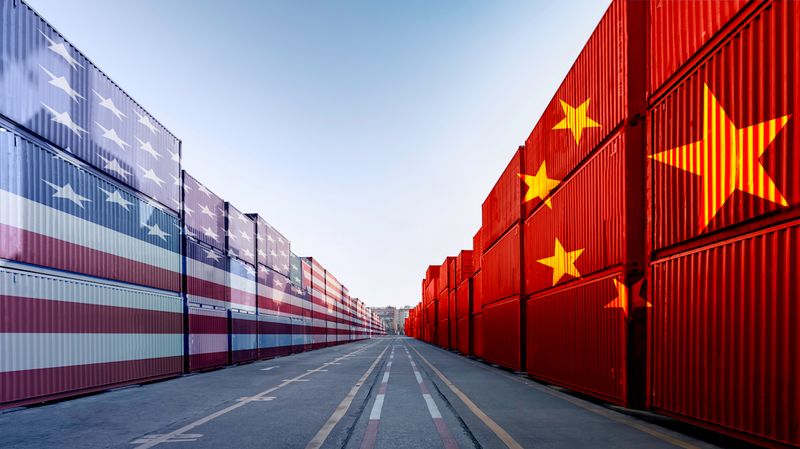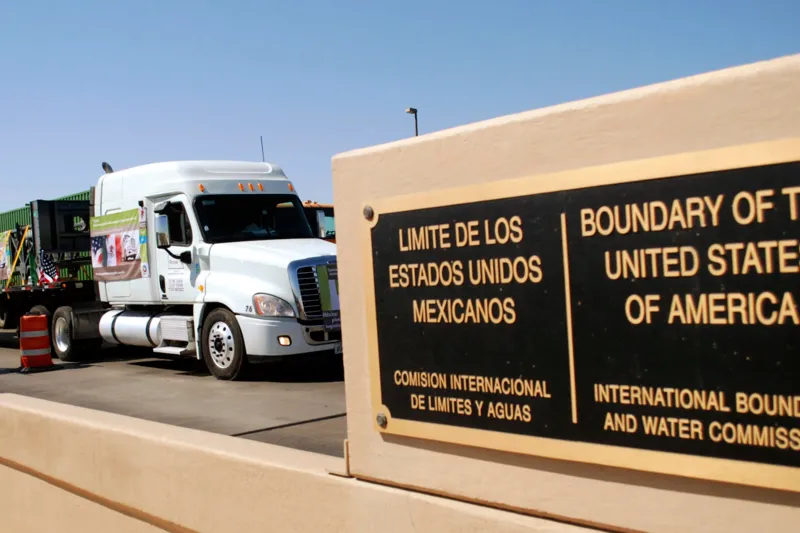The journey of U.S. tariffs has been a tale of economic strategy, political maneuvering, and global trade dynamics. From the protectionist roots that helped build a nation to the transformative Underwood Tariff Act of 1913, each event in the evolution of tariffs offers a glimpse into the shifting priorities and challenges of the times. As we explore these key events, the narrative unfolds into a complex tapestry of winners and losers, innovations and setbacks, revealing insights that resonate even in today’s globalized world.
Tariffs Before 1913: The Backbone of U.S. Revenue
In the late 1800s, tariffs were not just a tool of economic policy—they were the primary source of federal revenue. Before the implementation of income tax, the government relied heavily on import duties to fund its operations. This heavy dependency on tariffs influenced both economic and foreign policy. Many considered it a double-edged sword. Some industries flourished under this protectionist regime, while consumers faced higher prices. As the economy grew, so did calls for reform, setting the stage for significant change in the years to come.
A Nation Built on Protectionism: How High Tariffs Shaped Early America
Early America was molded by a strong protectionist stance. High tariffs shielded budding industries from foreign competitors, fostering growth and self-sufficiency. This strategy was vital as the young nation sought to establish its economic identity. However, the landscape was complex. While manufacturers thrived, agriculture and consumers often bore the brunt of increased costs. The debate over tariffs spurred political and regional tensions, as different groups vied for influence. This protectionism laid the groundwork for the evolving trade policies that would follow, influencing America’s economic trajectory.
The Tariff Act of 1890: Boon for Industry, Burden for Consumers
The Tariff Act of 1890 marked a pivotal moment in U.S. trade policy, significantly raising duties on imports. This Act was designed to protect American manufacturers and encourage domestic industry growth. However, as prices rose, consumers felt the pinch, leading to widespread discontent. The Act became a symbol of the era’s economic nationalism. While industries celebrated the protection of their interests, the broader public grappled with the consequences. This dynamic fueled ongoing debates over the role of government in managing trade and economic policy, highlighting the complexities of tariff regulation.
Mounting Pressure: Why Tariff Reform Became Inevitable
As the 20th century dawned, pressure for tariff reform intensified. The economic landscape was rapidly changing, and high tariffs were increasingly seen as a hindrance to growth and innovation. Businesses and consumers demanded change, arguing that tariffs stifled competition and inflated prices. Politicians faced a conundrum: balancing the needs of industry with the growing demand for reform. A dynamic debate emerged, shaping the political discourse of the era. This mounting pressure set the stage for one of the most significant transformations in U.S. tariff policy—heralding an era of change and adaptation.
October 1913: The Great Tariff Cut That Changed Everything
October 1913 was a watershed moment in U.S. economic history. With the passage of the Underwood Tariff Act, tariffs were significantly reduced, signaling a shift from protectionism to a more open trade policy. This reduction marked a departure from decades of high tariffs, aiming to lower consumer prices and increase competition. The reform was not without opposition, as entrenched interests resisted change. However, it opened new avenues for trade, aligning the U.S. more closely with global economic trends. This pivotal moment redefined the nation’s economic landscape, paving the way for future trade policies.
The Underwood Tariff Act: Slashing Rates & Introducing the Income Tax
The Underwood Tariff Act of 1913 was a landmark in U.S. economic reform. It drastically reduced tariff rates, altering the nation’s trade dynamics. Most notably, it introduced a new source of revenue: the income tax. This shift reduced dependency on tariffs, allowing for more balanced fiscal policy. The Act was a triumph for free trade advocates, promoting a more competitive market environment. As tariffs fell, businesses and consumers adapted to a new economic reality. The introduction of income tax reshaped government revenue models, symbolizing a turning point in fiscal policy—a legacy that endures today.
Immediate Impact: Lower Prices, Higher Competition
The impact of the 1913 tariff cuts was immediate and profound. Prices for imported goods fell, creating a more competitive marketplace. Consumers benefited from increased choices and lower costs, while businesses faced new challenges. The reduction in tariffs spurred innovation, as companies sought to remain competitive in a changing landscape. This period of adjustment marked a shift in consumer behavior, with foreign goods becoming more accessible. The tariff cuts also encouraged international trade relations, fostering economic ties that would shape future diplomacy. This era of transformation highlighted the complex interplay between policy and market forces.
Who Won and Who Lost? Farmers, Factories, and Foreign Trade
The 1913 tariff reforms created clear winners and losers within the economy. Farmers, long burdened by high tariffs on necessary imports, found relief as prices fell. This newfound affordability boosted agricultural productivity and profitability. Conversely, many manufacturing industries, previously shielded by high barriers, faced increased foreign competition. Some factories struggled to adapt to this new environment, leading to industrial shifts. The reduction in tariffs also enhanced foreign trade, opening new markets for U.S. exports. These changes underscored the nuanced effects of trade policy, revealing both opportunities and challenges in a rapidly evolving economic landscape.
America’s Shift from Protectionism to Global Trade
The post-1913 era marked America’s gradual shift from protectionism toward embracing global trade. This transition was driven by the realization that lower tariffs fostered international commerce, benefiting both consumers and businesses. The reduction in trade barriers allowed for a more dynamic economy, where competition spurred innovation and growth. As the U.S. engaged more with global markets, it became a critical player in international trade networks. This shift necessitated new diplomatic and economic strategies, as the nation navigated the complexities of globalization. The move towards open trade policies laid the foundation for future economic engagements on the world stage.
The Ripple Effect: How Lower Tariffs Transformed the U.S. Economy
Lower tariffs in the early 20th century triggered a ripple effect across the U.S. economy. By reducing costs on imports, businesses could source materials more economically, leading to a boost in production efficiency. This efficiency translated into broader economic growth, as industries expanded and new markets emerged. Consumers enjoyed a wider array of goods at competitive prices, driving demand. The interconnected nature of industries meant that changes in trade policy had far-reaching impacts, fostering innovation and diversification. This period of economic transformation illustrated the profound influence of tariffs on shaping industrial and consumer landscapes.
The Great Depression & the Tariff Rebound: The Smoot-Hawley Act
The onset of the Great Depression in the late 1920s prompted a dramatic tariff rebound with the Smoot-Hawley Act of 1930. This Act sharply increased tariffs on imports, aiming to protect American industries from foreign competition during economic turmoil. However, the policy backfired, exacerbating the depression by stifling international trade and escalating tensions with trading partners. The Smoot-Hawley Act became a cautionary tale, illustrating the dangers of protectionism in a globalized economy. Its impact was felt deeply across the nation, as both businesses and consumers struggled under the weight of restricted trade and economic uncertainty.
World War II & Globalization: The Era of Trade Agreements
The aftermath of World War II heralded a new era of globalization, marked by international trade agreements. As nations sought to rebuild and stabilize economies, trade became a critical tool for fostering cooperation and growth. The General Agreement on Tariffs and Trade (GATT) emerged as a cornerstone of this new global trade system. By reducing trade barriers, countries aimed to stimulate economic recovery and prevent future conflicts. This era of international collaboration laid the groundwork for modern trade policies, emphasizing the importance of open markets and multilateral agreements in driving economic prosperity and global peace.
NAFTA, China, and the WTO: The New Age of Tariff Policy
The late 20th and early 21st centuries witnessed a new age in U.S. tariff policy, characterized by significant agreements like NAFTA and China’s entry into the WTO. These developments reshaped global trade dynamics, fostering deeper economic ties between nations. NAFTA eliminated barriers between the U.S., Canada, and Mexico, enhancing regional cooperation and integration. Meanwhile, China’s WTO membership opened vast new markets, driving economic growth and competition. These changes highlighted the importance of strategic trade policies in navigating the complexities of a globalized economy. The era underscored the challenges and opportunities inherent in modern tariff regulation and international commerce.
Tariffs Today: Are We Returning to Pre-1913 Protectionism?
In recent years, the U.S. has witnessed a resurgence of tariff debates, reminiscent of pre-1913 protectionism. The global trade landscape is fraught with tensions, as nations grapple with economic nationalism and protectionist policies. These developments have sparked discussions on the role of tariffs in safeguarding domestic industries and jobs. Proponents argue for the need to protect key sectors, while critics warn of the risks to international trade relations. The current climate reflects a complex balancing act between national interests and global cooperation, echoing historical debates on economic protectionism and free trade. As tariffs take center stage, their impact remains a pivotal issue.
The 21st Century Trade Wars: Winners and Losers
The 21st century has seen a surge in trade wars, with the U.S. at the forefront of tariff disputes. These conflicts have created a landscape of winners and losers, as industries and nations navigate the challenges of increased tariffs. Some domestic sectors, such as steel and aluminum, have benefited from protective measures, boosting local production. Conversely, other industries reliant on global supply chains have faced increased costs and disruptions. The trade wars underscore the complex interplay of politics, economics, and international relations. As nations vie for competitive advantage, the stakes continue to rise, shaping the future of global commerce.
What Happens When We Raise Tariffs? A Look at History
Raising tariffs has historically been a double-edged sword. While protective measures can bolster domestic industries, they often lead to unintended consequences. History shows that tariff increases can trigger retaliatory actions from trading partners, escalating into trade wars that disrupt global commerce. Higher tariffs may protect certain sectors but can also result in higher consumer prices and supply chain challenges. The lessons from past tariff hikes highlight the delicate balance required in trade policy—where short-term gains for some can lead to long-term setbacks for the broader economy. Understanding these dynamics is crucial for navigating the complexities of modern economic strategies.
Could Higher Tariffs Boost the U.S. Economy—or Sink It?
The potential impact of higher tariffs on the U.S. economy is a contentious topic. On one hand, tariffs can protect domestic jobs and industries from foreign competition. On the other, they risk sparking trade conflicts and raising costs for consumers and businesses. The debate hinges on finding the right balance—leveraging tariffs to support economic growth without stifling innovation or trade. Historical examples provide mixed outcomes, illustrating both successes and failures. As policymakers weigh the benefits and drawbacks, the ongoing discourse reflects the intricate nature of trade policy and its far-reaching economic implications.
Lessons from 1913: Should We Fear or Embrace Tariff Cuts?
Reflecting on the 1913 tariff cuts reveals valuable lessons for today’s policymakers. Drastic reductions in tariffs can stimulate competition and lower prices, benefiting consumers and fostering innovation. However, they also pose challenges for industries accustomed to protectionist measures. The experience of 1913 underscores the importance of gradual, strategic policy shifts to minimize economic disruptions. Embracing tariff cuts requires careful consideration of industry needs, international trade dynamics, and long-term growth objectives. As the U.S. navigates contemporary trade challenges, these lessons offer insights into crafting policies that balance protection with progress, ensuring a resilient and adaptable economy.
The Future of U.S. Trade: What History Tells Us About What’s Next
The evolution of U.S. trade policy offers a roadmap for the future. Historical trends reveal the cyclical nature of protectionism and free trade, highlighting the importance of adaptability. As the U.S. faces new economic challenges, lessons from the past can inform strategies that balance national interests with global cooperation. The future of trade will likely involve navigating technological advancements, geopolitical shifts, and environmental considerations. By understanding the historical context of trade policies, the U.S. can craft a forward-looking approach that fosters growth, innovation, and international collaboration. The path forward will require vision, flexibility, and a commitment to sustainable economic practices.
